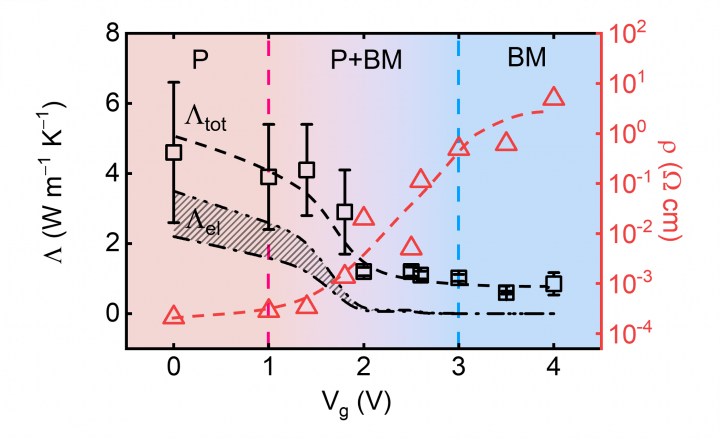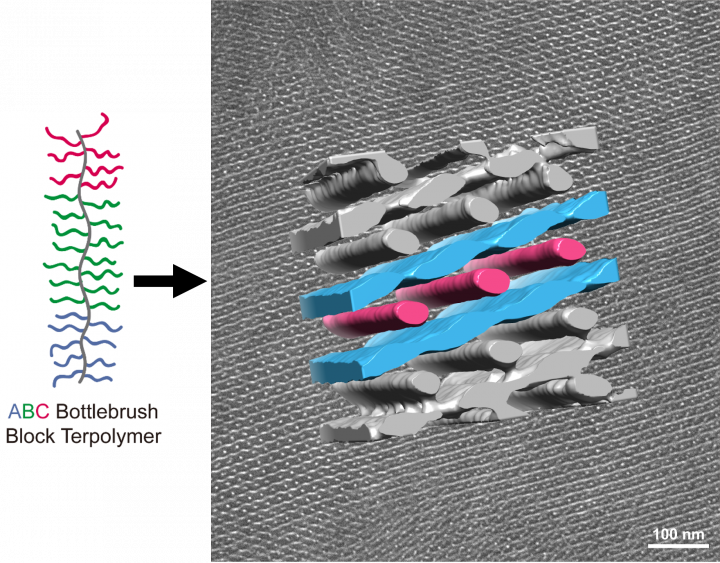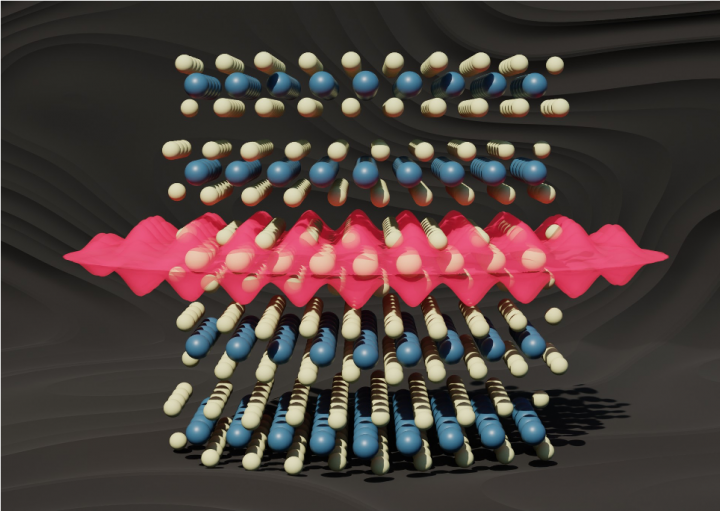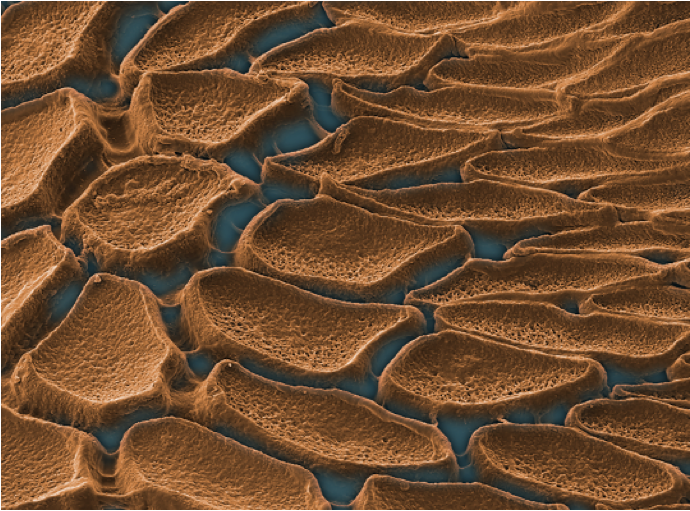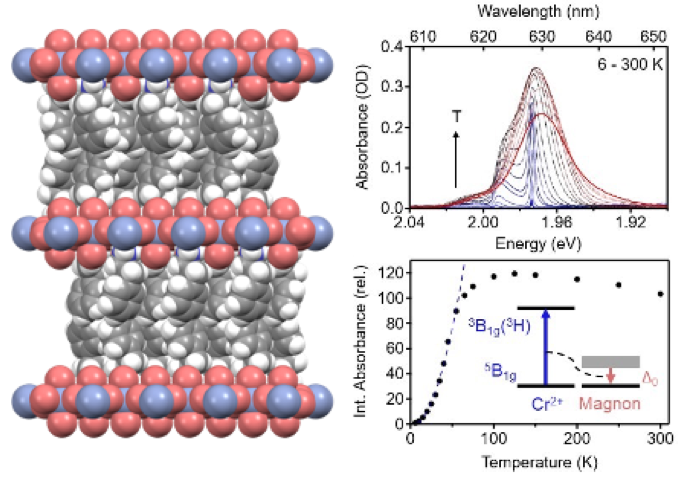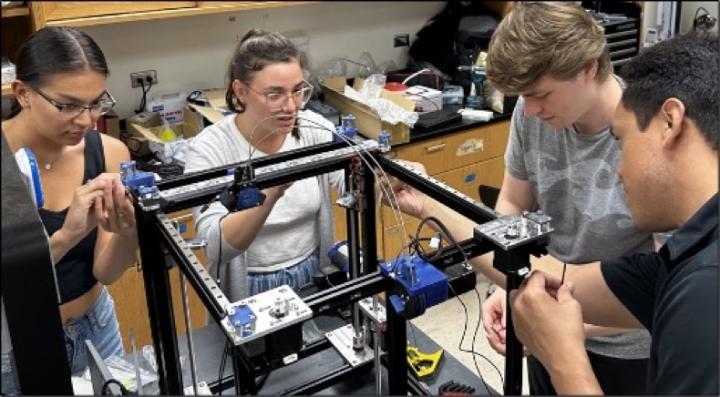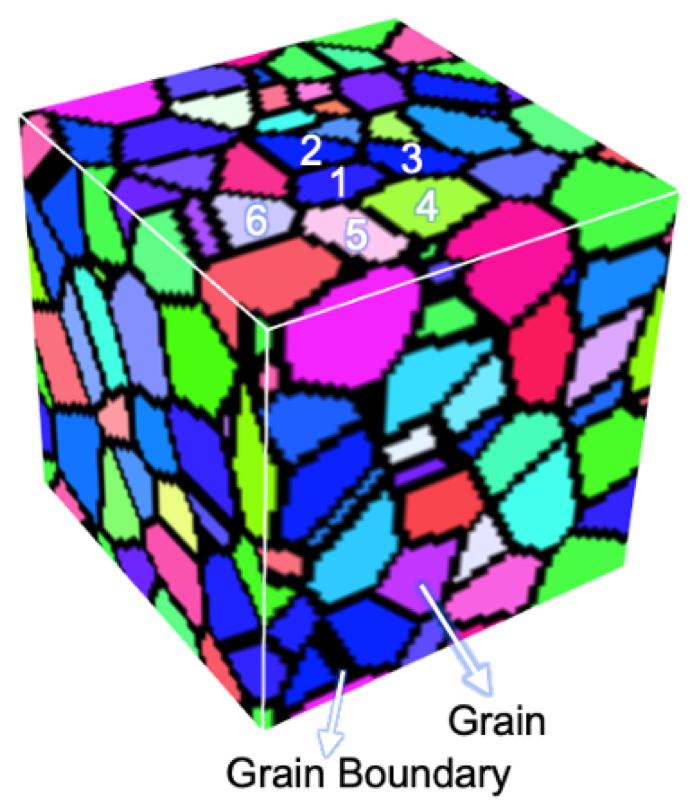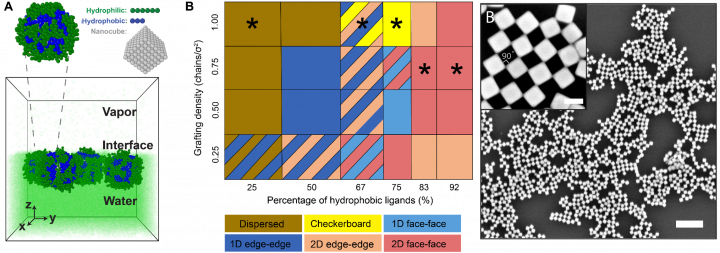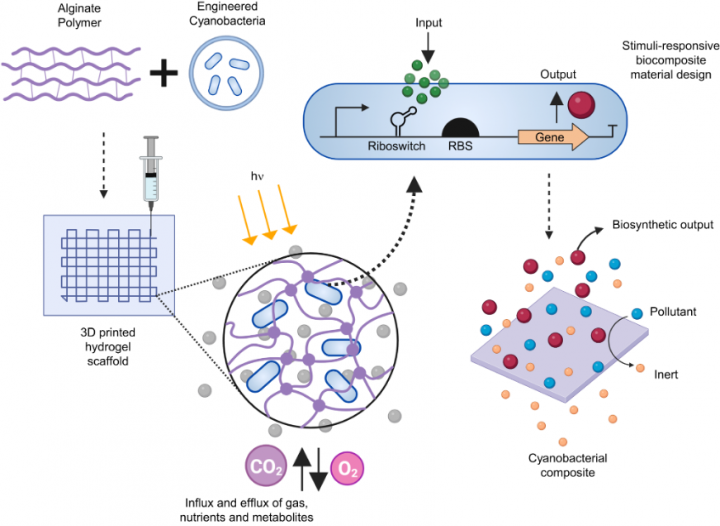A team from IRG-1, working with collaborators at Argonne National Laboratory and the University of Utah, have demonstrated continuous room-temperature electrical tuning of the thermal conductivity of La0.5Sr0.5CoO3-d by a factor of more than five (a record for a single-step process) via ion-gel gating. Application of a gate voltage in these devices drives a transformation from a metallic perovskite phase to an insulating brownmillerite phase via the formation and migration of oxygen vacancies, realizing the record range of measured thermal conductivities.

